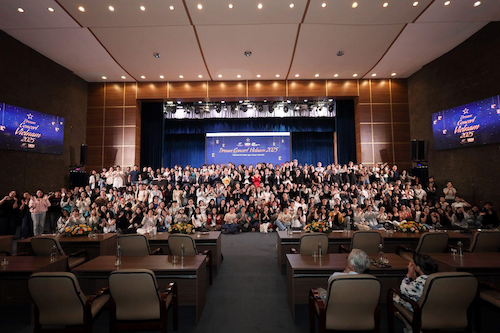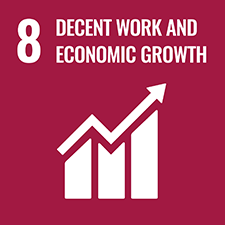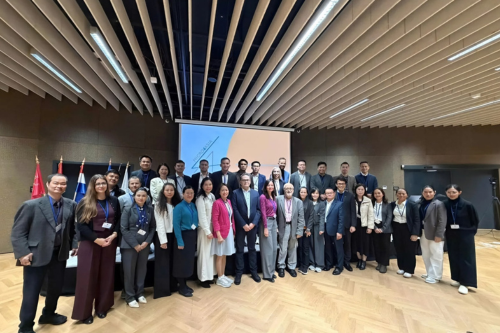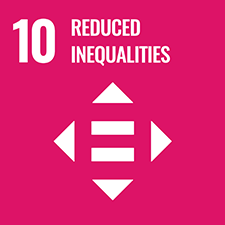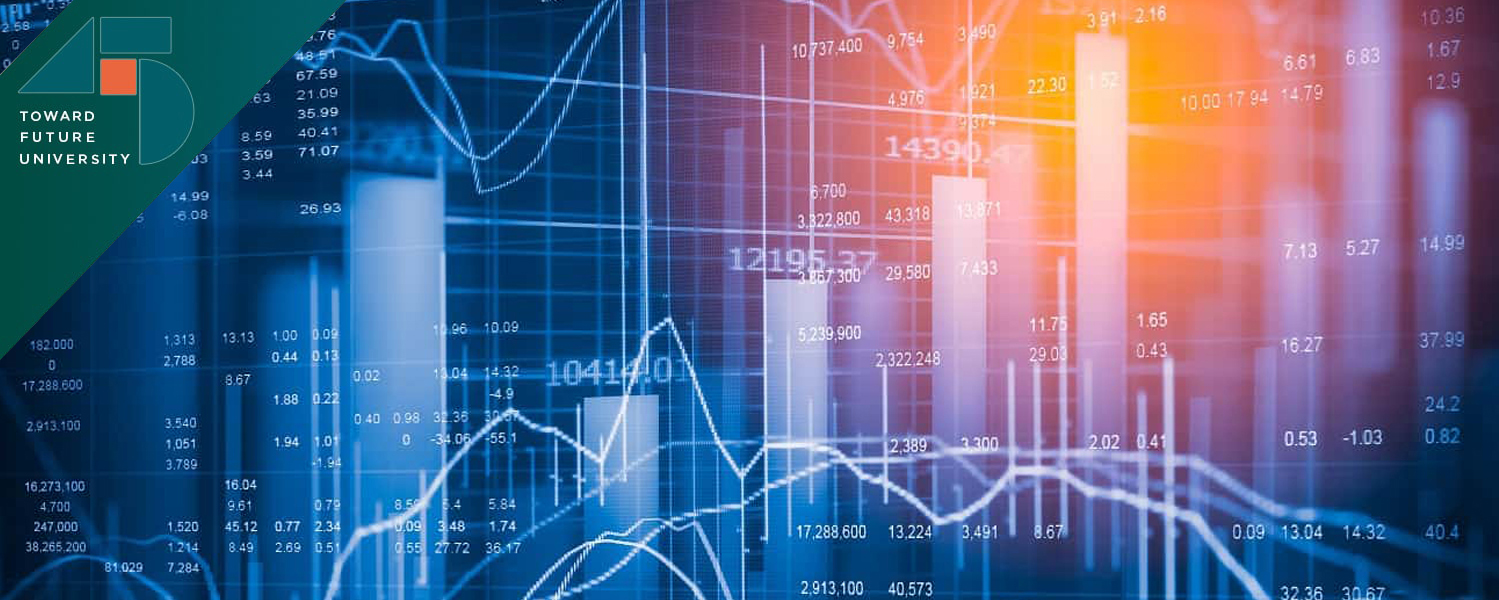
JST Conference May 2021: Uncertainty Indexes and Identifying "Jumps" in the Stock Market
23 Jun, 2021
Following the success of previous JST Conferences in the ongoing "Economics and Business: Agendas for the Uncertain World" series, JABES-UEH was proud to host another conversation is May 2021, discussing the “Uncertainty Indexes and Identifying "Jumps" in the Stock Market”. The meeting was conducted online via Zoom and welcomed the presence of Guest Speaker - Professor Scott R. Baker of Kellogg School of Management, Northwestern University along with more than 100 local and international scientists and researchers interested in this hot topic in today’s economy.
Scott R. Baker is currently a Finance Professor at the Kellogg School of Management, Northwestern University, and a research member of the National Bureau of Economic Research (NBER). With his research focus centering on empirical problems in the field of Finance and Macroeconomics, Professor Scott has successfully published his research in many leading journals such as: American Economic Review, Quarterly Journal of Economics, Journal of Political Economy, Journal of Financial and Quantitative Analysis. He is currently involved in many research projects related to household financing options and consumption measurements, as well as research on the impact of policy uncertainty on financial markets and financial growth. In particular, together with Nick Bloom (Stanford University) and Steven J. Davis (Booth School of Business, University of Chicago), Professor Scott is responsible for the establishment of the various uncertain indexes pertaining to policies outlined in the Economic Policy Uncertainty (EPU). These indexes have garnered great media attention since 2011, and have been replicated by 25 other nations as they embark on building their own EPU index.
At the conference, Professor Scott presented and discussed 2 of his most notable researches:
In the first study, Professor Scott and his colleagues were able to develop a new method to examine the relationship between economic policy uncertainty and business-level stock price volatility, investment rates and growth in employment; investment, output and employment. This is done to extract all available information from the press, namely articles that have been in circulation for a long time, in both decades and centuries for certain countries. The outcome collected from the business-level data shows that policy volatility is associated with greater stock price volatility, and has reduced investment and employment in policy-sensitive sectors such as defense, healthcare, finance and infrastructure construction. At the macro-level, policy uncertainty heralds declines in investment, output, and employment in the United States and 12 major world economies. In addition to the global economic instability index, the authors also developed many other related indexes such as: Market volatility index on diseases, investor sentiment index on social networks, etc. This index can be viewed at: https://www.policyuncertainty.com/
In the second study, Professor Scott and his colleagues used a human-centric manual approach, which is a very time-consuming and costly method but can indeed bring about the desired and expected values based on the researcher’s understanding. This practice dictates that students with relevant expertise and knowledge can review all related articles from the day following any unexpected “jump” from the market and note down the potential reasons for such an occurrence, as well as providing their assessment on the context and the reliability of said-article on its explanation. According to the authors, a stock jump can be defined as an increase in return of more than 2.5% during that trading week (this approach is based on the technique of calculating average value - Rolling Window).
Besides, Professor Scott also only reviewed news from a single publication, the "Wall Street Journal", and his studies revealed:
First, policy news mainly revolves around monetary regulations and government spending can create a more significant positive jump ratio compared to negative ones in other countries.
Second, jumps caused by non-policy events can lead to higher probability of future stock volatility while jumps from policy-centric occurrences, especially monetary regulations, actually lead to lower volatility possibility.
Third, research shows that the United States has a unique influence on world markets (between 1980 - 2020, 32% of all stock jumps in the market outside of US territory were initiated either by news from or about the US), whereas news from Europe or China (before the 1990s) have very little impact on world market despite being the regions with the largest global output.
Following Professor Scott's presentation, the researchers then moved to discussing further research directions, such as: applying Professor Scott’s method to identify jumps in oil prices or questioning the techniques to manage both positive and negative trends of news articles
Some photos from the conference:
 và nhận diện những Bước nhảy (Jumps) trên thị trường chứng khoán (2).jpg)
MSc. Huynh Luu Duc Toan – JABES Assistant Editor-in-Chief delivering his welcome remarks
 và nhận diện những Bước nhảy (Jumps) trên thị trường chứng khoán (3).jpg)
Professor Scott R. Baker sending greetings to researchers and scientists attending the JST Conference May 2021
 và nhận diện những Bước nhảy (Jumps) trên thị trường chứng khoán (4).jpg)
Professor Scott R. Baker presenting his findings on: Uncertainty Indexes and identifying "Jumps" in the stock market.
 và nhận diện những Bước nhảy (Jumps) trên thị trường chứng khoán (5).jpg)
The conference received great attention and hosted lively academic conversations between interested researchers and Professor Scott R. Baker
 và nhận diện những Bước nhảy (Jumps) trên thị trường chứng khoán (1).jpg)
Commemorative photo with Professor Scott R. Baker
For more information
All new JABES information and important events such as ACBES International Scientific Conference, JST Conference series will be continuously updated on JABES official information channels as follows:
JABES Facebook: https://www.facebook.com/jabes.ueh.edu.vn
JABES Website: http://www.jabes.ueh.edu.vn/
JABES on Emerald Group Publishing: https://www.emeraldgrouppublishing.com/journal/jabes
ACBES Website: http://www.jabes.ueh.edu.vn/
JABES Youtube: http://shorturl.at/jnoOR
News, photos: JABES
.jpg)

